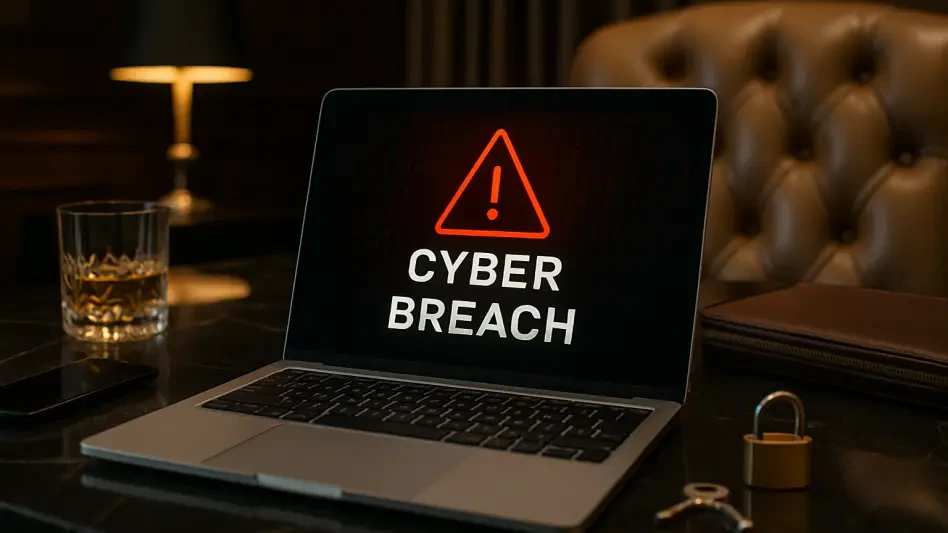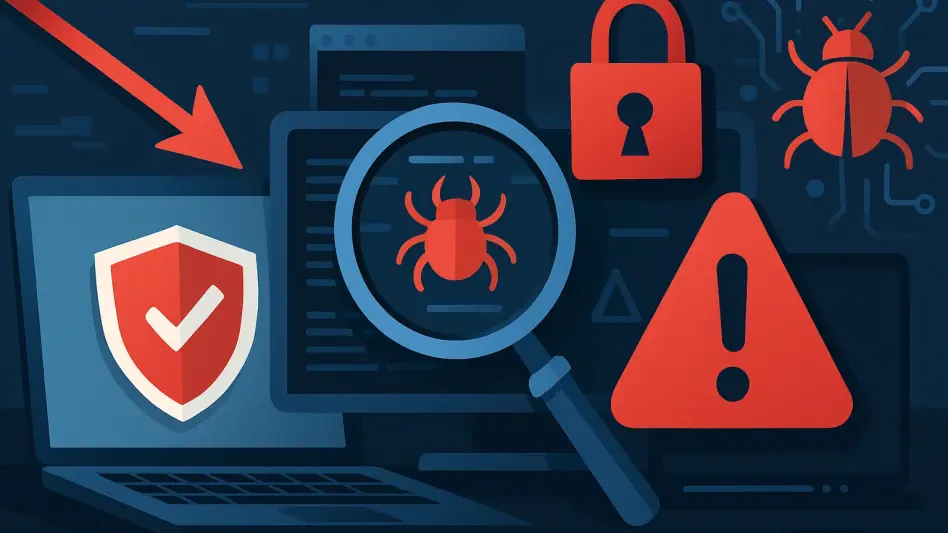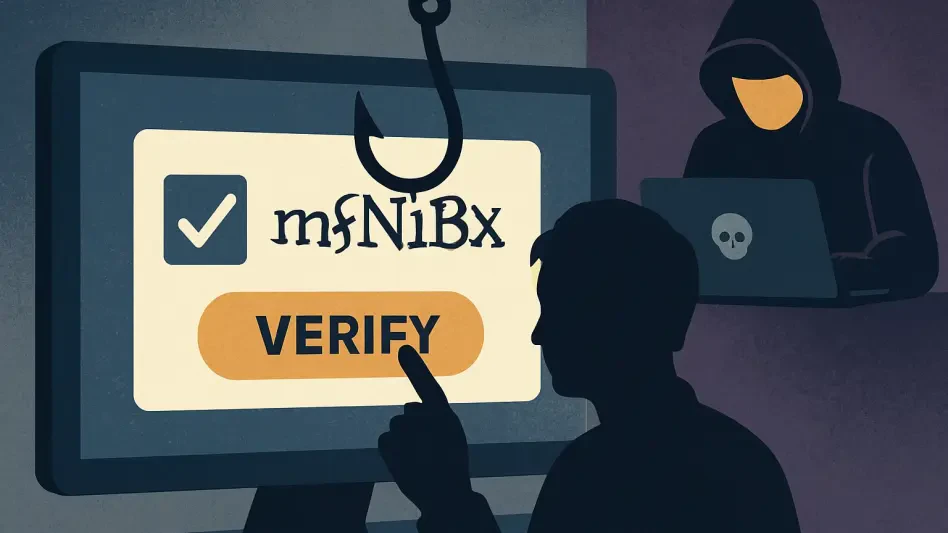In today’s digital age, cybersecurity is a paramount concern for organizations worldwide. As cyberthreats evolve and become increasingly sophisticated, it is evident that advanced technological defenses alone are insufficient in maintaining a robust security posture. While these technologies are crucial, the human element remains a significant factor in safeguarding digital assets. Employees’ actions and behaviors in handling sensitive information and adhering to security protocols directly impact organizational security. This article explores the importance of fostering a security-aware culture among employees to effectively combat cyberthreats, emphasizing the critical role of human behavior in a comprehensive cybersecurity strategy.
The Human Factor in Cybersecurity
Human error, negligence, and lack of awareness are major contributors to security vulnerabilities. Despite substantial investments in sophisticated technology and security protocols, organizations often find themselves compromised due to the human factor. Recent statistics from the 2024 Verizon Data Breach Investigations Report indicate that 68% of breaches involve some form of non-malicious human element. This underscores the urgent need for organizations to shift their focus from a predominantly tech-centric defense strategy to one that includes comprehensive education and behavioral change strategies.
Understanding and mitigating human-related risks is crucial for creating a robust defense against cyberthreats. Organizations must recognize that their employees are not just users of technology but essential components of the security framework. The challenge lies in addressing human error and fostering an environment where security-conscious behaviors become ingrained in the workplace culture. This shift entails moving beyond traditional technological solutions and adopting strategies that prioritize human awareness, accountability, and proactive security practices. By doing so, organizations can significantly reduce the likelihood of breaches and enhance their overall cybersecurity resilience.
Understanding Risky Behaviors
Human actions frequently represent the weakest link in security chains. Risky behaviors such as password reuse, oversharing on social media, and susceptibility to phishing and social engineering attacks can severely compromise an organization’s security. To mitigate these risks effectively, it is essential to understand the underlying motivations and cognitive biases driving such behaviors. By developing targeted strategies that promote secure practices, organizations can significantly reduce their vulnerability to cyberthreats.
Employees often engage in risky behaviors unintentionally due to a lack of awareness or an underestimation of potential threats. For instance, password reuse remains a common practice, despite repeated warnings against it. Individuals may also fall prey to phishing scams or inadvertently disclose sensitive information on social media, creating entry points for cybercriminals. To address these issues, organizations must delve into the psychological aspects of human behavior. Understanding why employees engage in risky practices allows for the development of tailored interventions that resonate with their motivations and cognitive processes. By fostering a deeper awareness of security risks and the consequences of negligent actions, companies can promote a culture where secure behaviors are consistently practiced and valued.
Implementing Comprehensive Education Programs
To combat the risks associated with human behavior, organizations must implement comprehensive and continuous education programs. These programs should aim to raise awareness about the dangers of insecure practices and actively engage employees in adopting and maintaining secure habits. Dynamic training programs that incorporate real-life scenarios and practical exercises can resonate with employees and foster a sense of personal responsibility for cybersecurity.
Effective education programs go beyond generic training modules and focus on creating an interactive and immersive learning experience. Scenarios that simulate real-world cyberthreats enable employees to understand how their actions can impact security and what steps they can take to prevent breaches. Practical exercises, such as recognizing phishing attempts or implementing strong password practices, reinforce learning and make the concepts more relatable. Additionally, continuous education is crucial, as the cybersecurity landscape is ever-evolving. Regular updates and refresher courses help employees stay informed about emerging threats and the latest security best practices. By creating a culture of continuous learning, organizations ensure that employees remain vigilant and equipped to handle the dynamic challenges of cybersecurity.
Leadership Commitment and Security-Conscious Culture
Establishing a security-conscious culture begins with the development of engaging and effective training programs. Leadership commitment is crucial in reinforcing the importance of these programs and ensuring that security awareness remains an ongoing priority, rather than a one-time event. A human-centered approach to security process design and IT risk management is essential. By considering user experience and incorporating principles of secure-by-design and human-centered design, organizations can create systems and processes that naturally encourage secure behaviors.
Leadership plays a pivotal role in shaping organizational culture and setting the tone for security initiatives. When executives and managers actively participate in security awareness efforts and demonstrate their commitment, it sends a powerful message to the entire workforce. It is essential for leaders to prioritize cybersecurity in their strategic decisions and allocate resources toward enhancing security protocols and training programs. By fostering open communication and encouraging employees to report potential security issues without fear of repercussions, leaders can create a collaborative environment where everyone feels responsible for maintaining security. Through a top-down approach, organizations can embed security consciousness into their core values and ensure that every employee understands their role in safeguarding the company’s digital assets.
Promoting Security Champions
Fostering a culture where security is viewed as a shared obligation requires promoting security champions within teams to embed security awareness into business operations. The responsibility for maintaining a secure environment extends beyond the cybersecurity function or the Chief Information Security Officer (CISO); it is a collective responsibility requiring engagement and participation from every employee within the organization.
Security champions are individuals within the organization who take on the role of advocating for and promoting cybersecurity practices among their peers. These champions can come from various departments, ensuring that security awareness permeates all levels and functions of the organization. Their involvement is crucial in bridging the gap between the cybersecurity team and the broader workforce. Security champions can lead by example, sharing their knowledge, and encouraging colleagues to adhere to best practices. They can also provide feedback on the effectiveness of training programs and identify areas for improvement. By empowering employees to become advocates for security, organizations create a network of informed individuals who actively contribute to a secure work environment. This collective effort reinforces the idea that cybersecurity is everyone’s responsibility and fosters a culture of vigilance and accountability.
Balancing Technology and Human Oversight
While technology plays a crucial role in supporting good security habits through tools such as two-factor authentication and password managers, human oversight is indispensable. Employees must be trained to understand the limitations of these tools and to remain vigilant in their daily activities to ensure consistent application of security practices. Striking a balance between automating security processes and maintaining human oversight is particularly important within Zero Trust models. These models integrate privacy, security, and cyber resilience, relying on a combination of technology and human insight to verify trustworthiness and manage access to sensitive resources.
The implementation of Zero Trust models underscores the need for a harmonious integration of technology and human judgment. While automated tools can effectively enforce security policies and detect anomalies, human oversight is crucial in making informed decisions based on contextual understanding. Employees must be equipped with the knowledge to recognize potential threats and respond appropriately. Regular assessments and drills can help reinforce these skills, ensuring that employees can act swiftly and effectively when faced with security incidents. Additionally, continuous monitoring and feedback loops between technology and human oversight enable organizations to refine their security strategies and address any gaps. By leveraging the strengths of both technological advancements and human insight, companies can create a resilient defense against cyberthreats and mitigate the risks associated with human error.
Continuous Improvement and Adaptation
In the current digital era, cybersecurity stands as a critical concern for organizations around the globe. With cyberthreats continuously evolving and growing more sophisticated, it’s clear that relying solely on advanced technological defenses is not enough to maintain strong security. Indeed, while these sophisticated technologies play a vital role, the human element is equally important in protecting digital assets. Employees’ actions and behaviors in managing sensitive data and following security protocols have a direct impact on an organization’s overall security. Hence, it is crucial to develop a culture of security awareness among employees, which can significantly help in defending against cyberthreats. This article delves into the significance of nurturing such a security-focused culture, highlighting how critical human behavior is in forming a well-rounded cybersecurity strategy. Only by integrating both technological measures and vigilant human practices can organizations effectively safeguard themselves against the complex, ever-changing landscape of cyberthreats.







